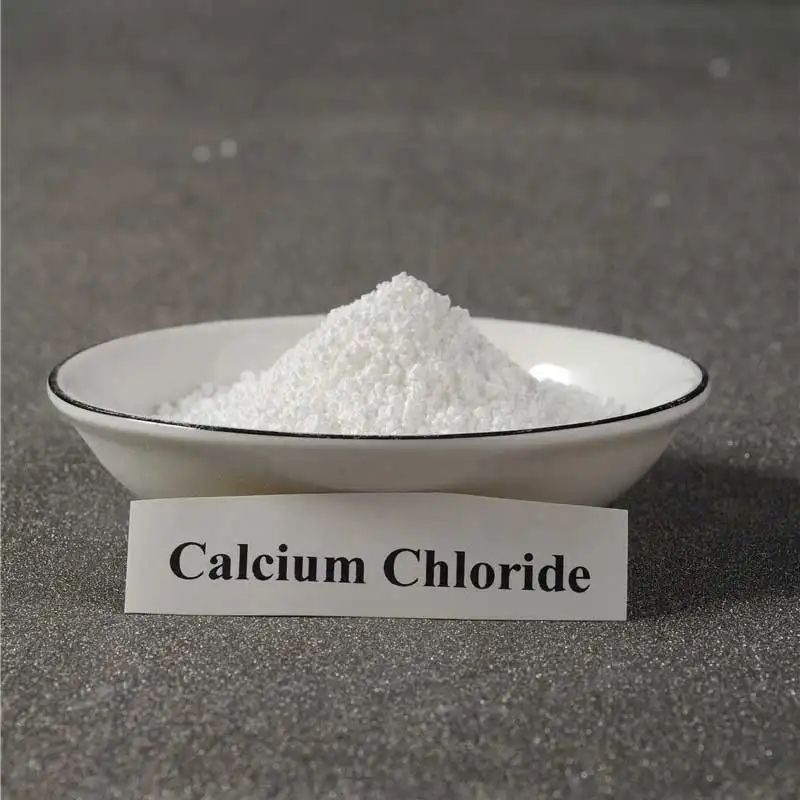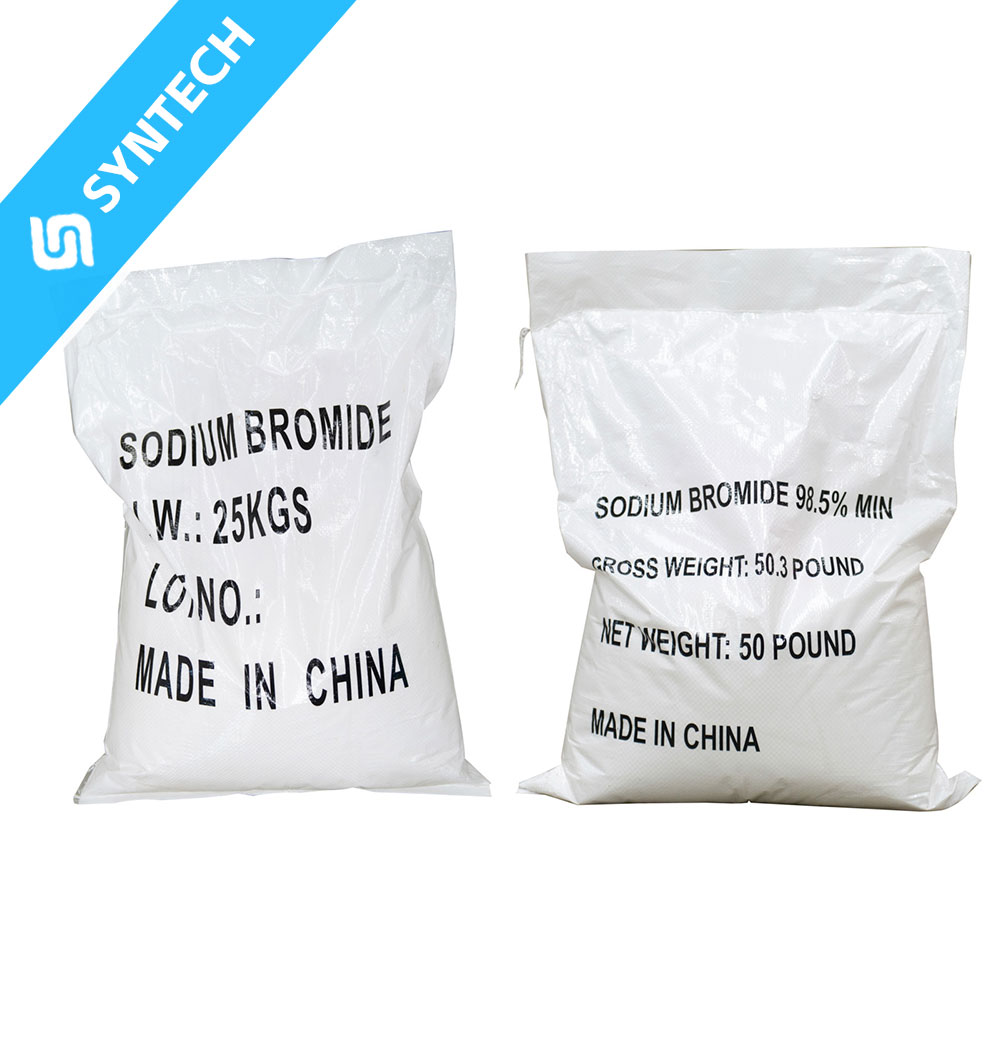Sodium methallyl sulfate (SMS) exhibits consistent intrinsic stability characteristics (rooted in its molecular structure: reactive vinyl double bond and ionic sulfate ester group) across fields. However, storage stability in practice varies significantly due to differences in storage environments (e.g., humidity, temperature, impurity exposure) and usage demands (e.g., bulk vs. small-scale, short-term vs. long-term storage) in each field. Below is a detailed breakdown of SMS storage stability in key application sectors:
1. Petroleum Industry (Drilling, Fracturing, EOR)
Storage Scenarios
SMS is primarily stored as a bulk crystalline solid (25–50 kg HDPE drums or 1-ton super sacks) in oilfield warehouses, drilling platform storage cabins, or on-site temporary storage areas. These environments often face high humidity (due to offshore/marshland locations), occasional temperature fluctuations (20–40°C), and potential exposure to oil/gas vapors or saline dust.
Stability Performance
- Short-term storage (1–3 months): Stable under well-controlled conditions (sealed containers, RH < 65%). No significant caking, hydrolysis, or polymerization occurs, and SMS retains reactivity for copolymer synthesis (e.g., fluid loss reducers, scale inhibitors).
- Long-term storage (>6 months): Risks increase—high humidity may cause gradual moisture absorption, leading to mild caking; oil/gas vapors (e.g., volatile hydrocarbons) can act as weak initiators, accelerating oxidative degradation of the vinyl double bond (reducing monomer purity by 5–10%).
Key Mitigation Measures
- Use moisture-proof, oil-resistant HDPE drums with double gaskets to block humidity and oil vapor ingress.
- Store in ventilated, temperature-stabilized warehouses (avoid direct sunlight on drilling platforms); place desiccant packets (e.g., silica gel) in drums for offshore storage.
- Avoid co-storage with oil-based chemicals (e.g., diesel, fracturing oil) to prevent cross-contamination.
2. Water Treatment Industry
Storage Scenarios
SMS is stored as a crystalline solid (small to medium batches, 10–25 kg drums) or occasionally as a dilute aqueous solution (for on-site immediate use) in water treatment plant warehouses. These warehouses are typically indoor but may have moderate humidity (RH 55–70%) and potential exposure to acidic/alkaline fumes (from other water treatment chemicals, e.g., aluminum sulfate, sodium hydroxide).
Stability Performance
- Solid SMS (3–6 months): Stable if sealed—humidity-induced caking is the main risk (RH > 70% causes noticeable agglomeration). Acidic fumes (e.g., from hydrochloric acid cleaning agents) can accelerate sulfate ester hydrolysis, generating methallyl alcohol impurities (reducing purity by 3–8% over 6 months).
- Aqueous SMS solution (1–2 weeks): Far less stable than solids—hydrolysis and microbial growth (in unsterilized water) occur rapidly. The solution’s pH drops from neutral to weakly acidic (pH 5.0–5.5) within a week, and polymer precipitates may form (rendering it unusable for copolymerization).
Key Mitigation Measures
- Store solid SMS in acid/alkali-resistant containers (e.g., lined steel drums) and isolate from acidic/alkaline chemicals.
- Prepare aqueous SMS solutions on-demand (avoid pre-mixing for long-term storage); if temporary storage is necessary, add 0.1% sodium benzoate (antimicrobial) and adjust pH to 6.5–7.0.
3. Construction Industry (Polycarboxylic Acid Water Reducers)
Storage Scenarios
SMS is stored as a bulk crystalline solid (50 kg woven bags with PE liners) in construction material warehouses or on-site temporary storage yards. These environments are prone to high humidity (outdoor or poorly ventilated indoor spaces), temperature fluctuations (15–45°C in summer), and dust contamination (e.g., cement, sand particles).
Stability Performance
- Indoor storage (3–6 months): Moderately stable—sealed liners prevent moisture absorption, but dust ingress (if bags are damaged) can introduce calcium/magnesium ions (from cement dust). These metal ions catalyze vinyl double bond oxidation, reducing SMS reactivity in water reducer synthesis (polymer molecular weight may decrease by 10–15%).
- On-site outdoor storage (<1 month): High risk—rainwater or dew can soak bags, causing severe caking and partial dissolution; direct sunlight accelerates self-polymerization (crystals turn powdery, with 10–20% loss of active monomer).
Key Mitigation Measures
- Use double-layer packaging (inner PE liner + outer waterproof woven bag) and store on moisture-proof pallets (elevated 10–15 cm off the ground).
- Limit on-site outdoor storage to <2 weeks; cover with waterproof tarps and avoid direct sunlight.
- Separate SMS from cement/sand to prevent dust cross-contamination.
4. Textile Industry (Fiber Modification)
Storage Scenarios
SMS is stored as small-batch crystalline solids (1–5 kg amber glass bottles or HDPE jars) in textile factory raw material labs or small warehouses. These environments are typically indoor, temperature-stabilized (20–25°C), but may have low to moderate humidity (RH 50–65%) and potential exposure to dye additives (e.g., cationic dyes).
Stability Performance
- Lab-scale storage (6–12 months): Highly stable—amber glass blocks UV light (preventing self-polymerization), and sealed jars avoid moisture absorption. The main risk is cross-contamination with cationic dyes (if stored together): dye molecules react with anionic sulfate groups in SMS, forming insoluble complexes (reducing purity by 2–5%).
- Warehouse bulk storage (3–6 months): Stable if sealed, but RH > 65% may cause mild caking (easily resolved by gentle grinding before use).
Key Mitigation Measures
- Store lab-scale SMS in amber glass containers to shield from UV light; label clearly to avoid mixing with dyes.
- Warehouse bulk SMS uses sealed HDPE drums with desiccants; avoid co-storage with cationic textile auxiliaries.
5. Laboratory Research (Monomer Synthesis)
Storage Scenarios
SMS is stored as small quantities (100 g–5 kg) of high-purity crystals in airtight glass vials or HDPE containers, placed in fume hoods or dry cabinets. Environments are temperature-controlled (20–22°C), low-humidity (RH < 50%), and protected from light (via dark cabinets).
Stability Performance
- Long-term storage (12–24 months): Exceptionally stable—strict control of humidity, light, and temperature prevents hydrolysis, oxidation, or polymerization. SMS retains >98% purity, meeting the high-precision requirements of academic research (e.g., copolymer structure-performance studies).
Key Mitigation Measures
- Use airtight PTFE-lined glass vials (to avoid metal ion leaching from plastic) and store in a low-humidity dry cabinet (RH < 40%).
- For ultra-long storage (>12 months), flush vial headspace with nitrogen (to eliminate oxygen, further inhibiting oxidation).
Conclusion
SMS’s storage stability across fields is determined by environmental risk factors (humidity, light, temperature, impurities) rather than inherent differences in the compound itself. The core principle for ensuring stability is: match storage measures to the field’s specific environment—e.g., moisture-proofing for oilfields/construction, light shielding for textiles/laboratories, and impurity isolation for water treatment/textiles. By addressing these field-specific risks, SMS can retain >95% purity and reactivity throughout its intended storage period.






